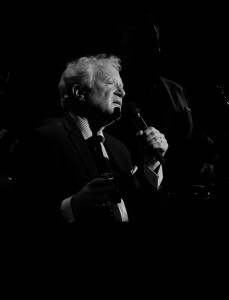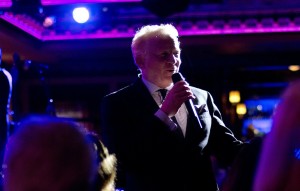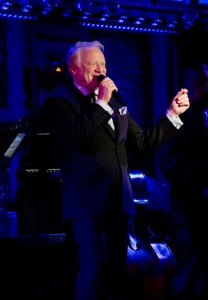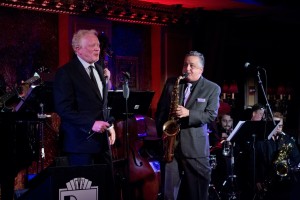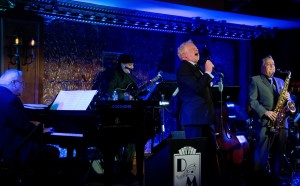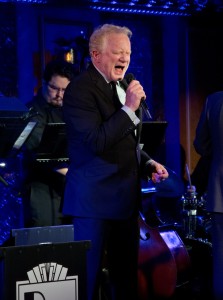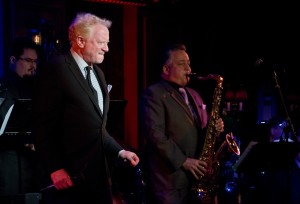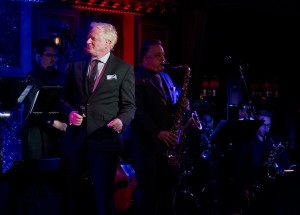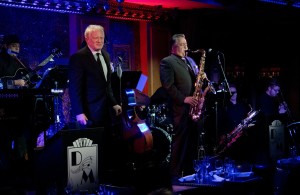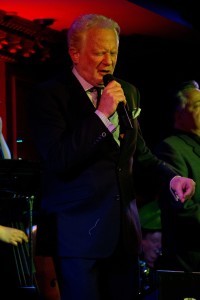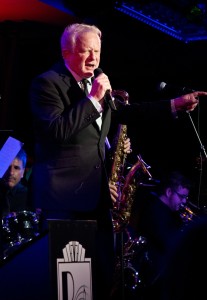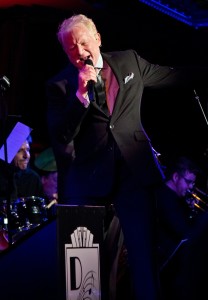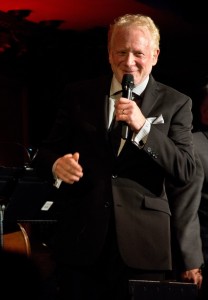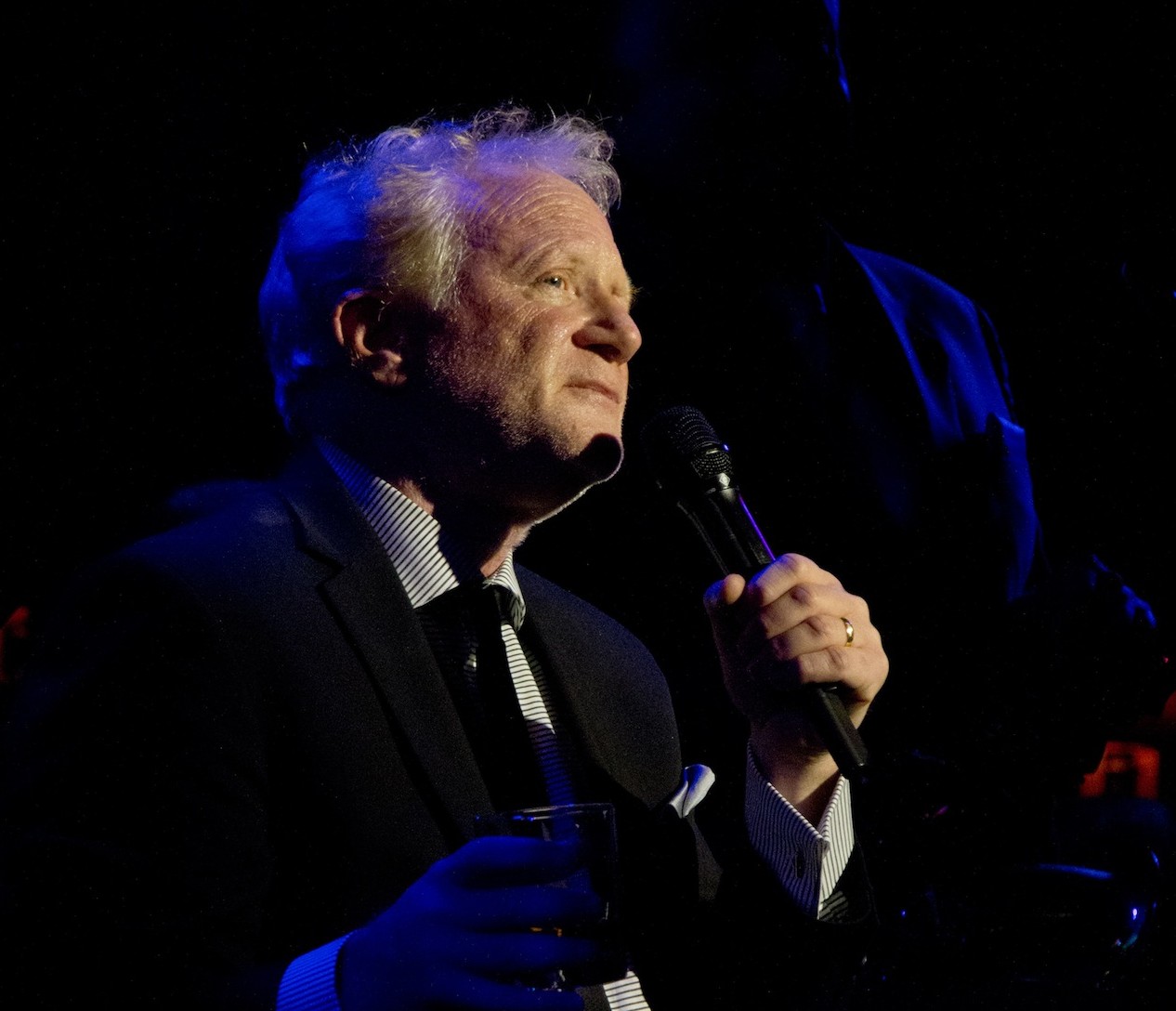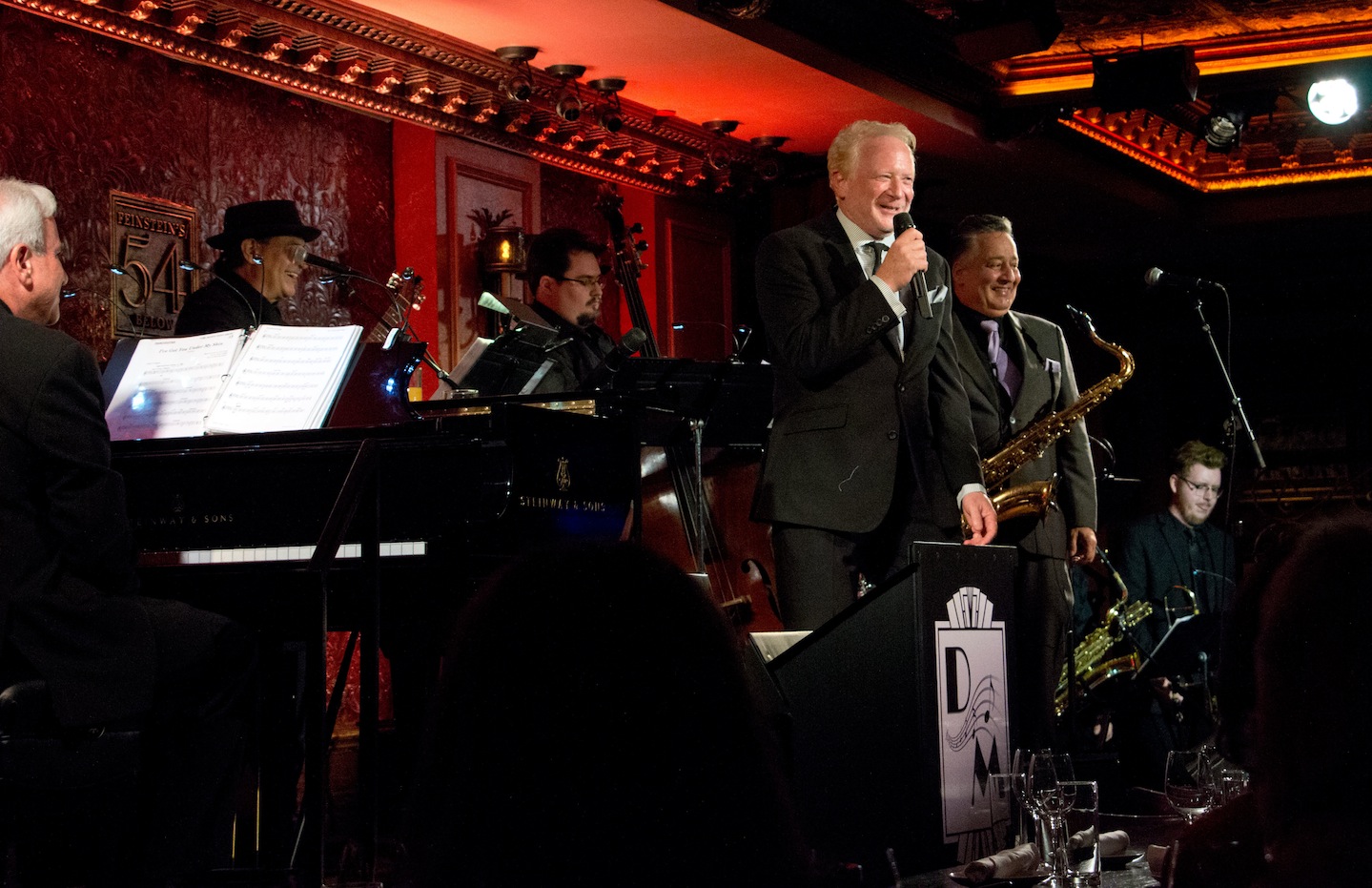

by MR Anderson
From the moment Don Most starts to saunter through the crowd, he’s family. Easeful and elegant—singing through a youthful grin all the way—you might even mistake him for a well-loved member of the house band. From the outset, Mr. Most’s most delightful quality is how entirely and sincerely at home he is in the spotlight.
Recognizable to anyone who grew up in the 1970s for his iconic role as Ralph Malph in the seminal 1970s sitcom, Happy Days, Don Most’s show Thursday Night, Donny Most Sings and Swings at Feinstein’s/54 Below is an unexpected step in a delightful new direction. To a younger generation, unfamiliar with Fonzie, Richie and the gang, he’s a pleasing singer delving into the classics. Taking notes from the crooning greats (Bobby Darin is Most’s personal favorite) the evening is a proud and unapologetic celebration of the Great American Songbook, with all the Rat Pack-ian nostalgia it entails.
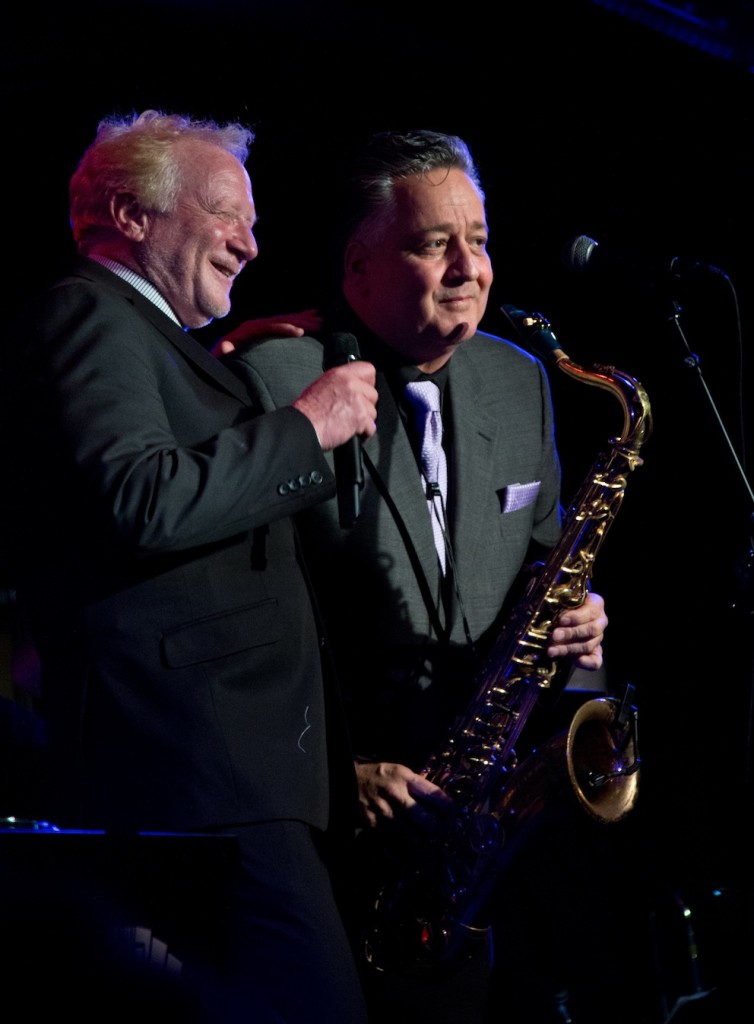

Even more surprising than his shift to the stage, Most’s best kept secret is this: the man has pipes. His renditions of “Blue Skies” (Irving Berlin, 1926) and “I’ve Got You Under My Skin” (Cole Porter, 1936) fill the entire room with a classic Big Band tone as warm as his demeanor. He holds out the money notes with ease and moves like a man half his age.
“Every Day I Have the Blues” (Pinetop & Milton Sparks, 1935) and “It Ain’t Necessarily So” (George & Ira Gershwin, 1935) showcased his soft side well, and—though the purpose of the night wasn’t innovation, but celebration (you may choose to accept the occasional vocal emulation)—he makes the latter tune his own in a commendable way. While tightly performed, a duet with Amber Ferrari over “C’est Si Bon” (Henri Betti & André Homez, 1947) had a charming moment where, coming onstage, the chanteuse finally removed the long blond strand of feminine hair on Most’s suit that we had all been staring at for 40-some minutes.
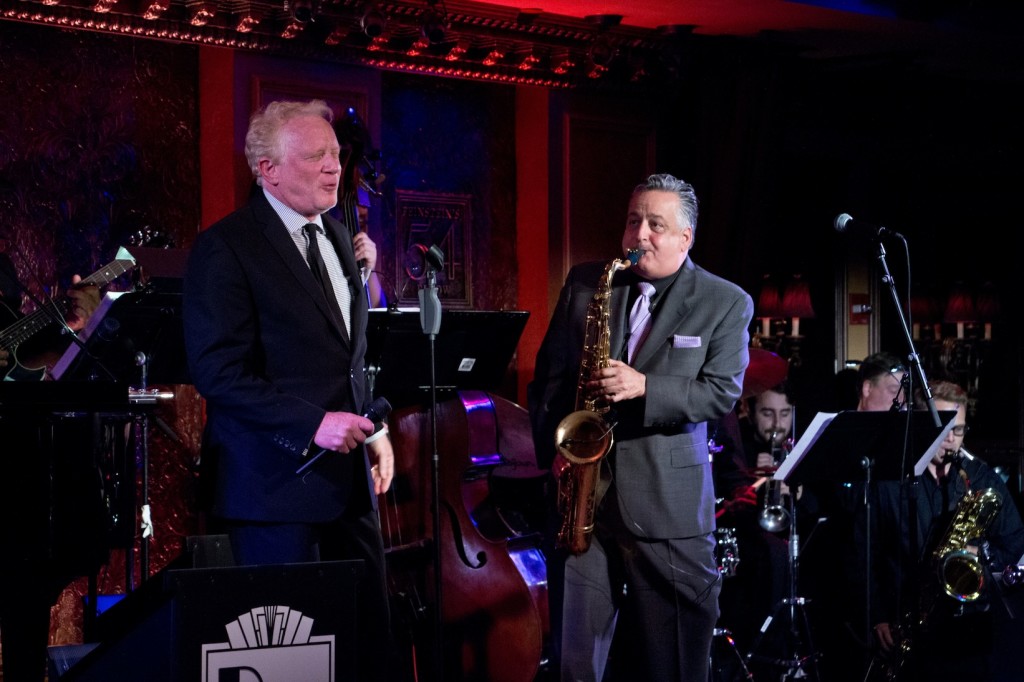

Led by Most’s close friend Willy Scoppettone, the nine-piece ensemble never missed a beat. Their performance was a mixed blessing, as their expert playing as a unit never once had occasion to steal the spotlight from Most (save during the occasional solo). Thankfully, Most showed his appreciation in his willingness to listen, keeping the dialogue between himself and the band gracefully buoyant. Unfortunately, this cohesive quality was lost on the lighting design, which stole attention with the unusual decision to bring up the house lights in a slow strobe effect at the peak of a few of the closing numbers.
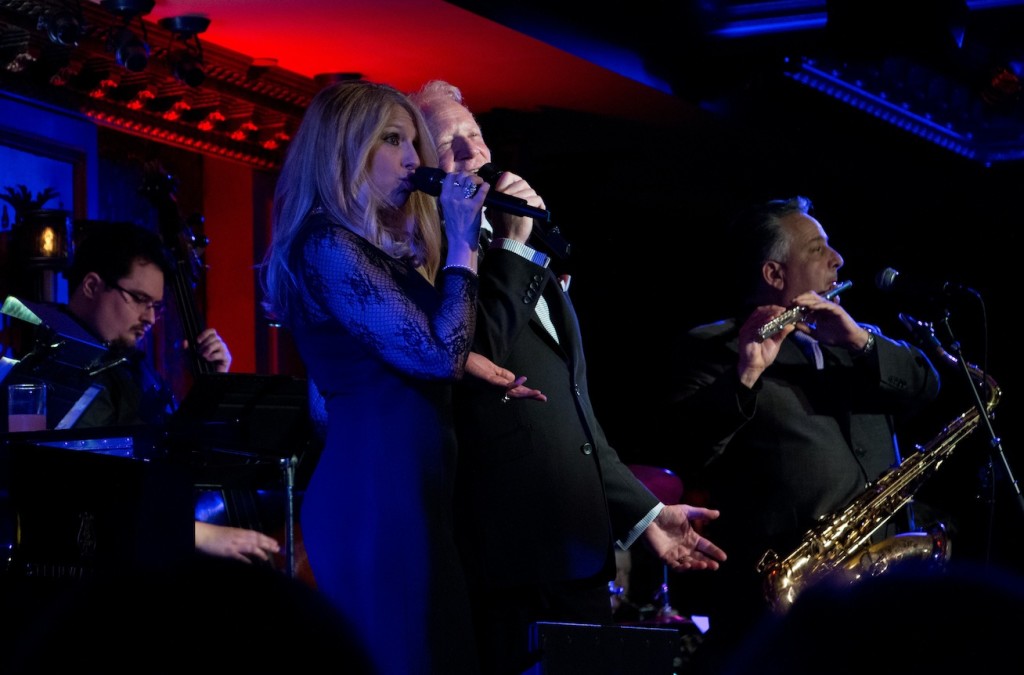

The best moments of the night had one thing in common: Most just closed his eyes, rhapsodically living in the moment. Before his second encore, “One for My Baby (One More for the Road)” (Johnny Mercer, 1943), he thanked the ovation with a simple, “I’m glad you did that, ‘cause I wanted to sing some more.” Which he followed with a show closer, “Mack the Knife,” (Kurt Weill & Bertolt Brecht, 1928) that would have made his hero Darin proud. That zest and gratitude is contagious—as Don Most feeds off the energy of the room, he gives back even more.
Don Most’s “Donny Most – Sings and Swings” took place Thursday, June 2 at Feinstein’s/54Below (254 West 54th Street, between Broadway and Eighth Avenue). www.donnymost.com
Photos: JK Clarke
